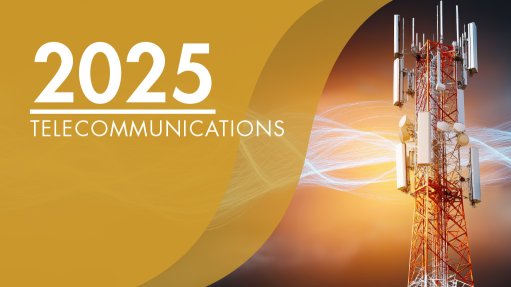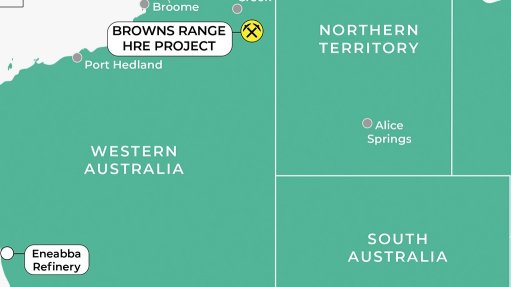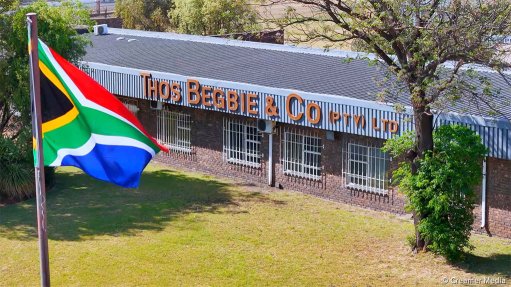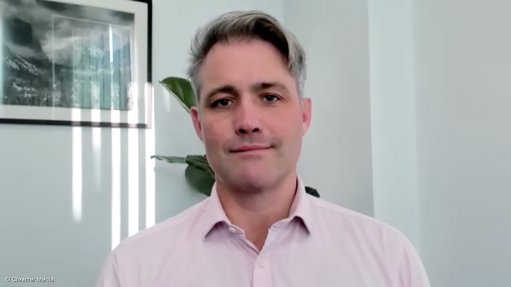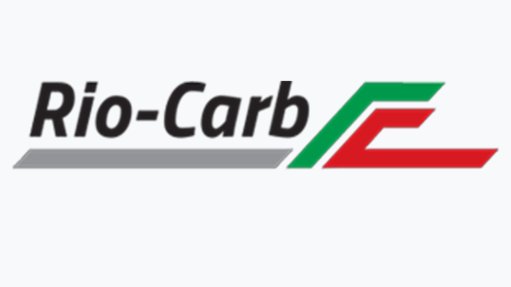COP30 and G20 shine a light on Tripling Global Renewable Energy target
This article has been supplied and will be available for a limited time only on this website.
COP30 drew to a ‘heated’ close on 21 November 2025 by receiving widespread criticism for falling short on binding agreements for addressing the climate crisis. While a lot of ambiguity remains around fossil fuel targets, there was a consensus towards the target of tripling renewable energy (11 terawatts) to meet growing global demand, especially in Africa. This consensus was also echoed at South Africa’s G20 summit, along with doubling the rate of energy efficiency improvements before 2030.
Aligning with the global renewable energy target, the World Bank Group (WBG) and the African Development Bank (AfDB) have committed to delivering electricity to 300 million Africans by 2030 through the 'Mission 300' initiative.
For 600 million people across Africa, access to electricity remains tragically out of reach. This denies them fundamental livelihood opportunities. It limits access to modern healthcare, communication, quality education and better job prospects. Bridging this energy gap is essential for continental development and raising the standard of living - a major global sustainability challenge.
The urgency of accelerating electrification
Directly mirroring the global renewable energy target, the pace of electrification in Africa must also triple to achieve universal electricity access by 2030. Without this dramatic increase, more than 300 million people in Eastern and Southern Africa will still be without power in 2030 - only a marginal improvement on today's situation. “The continent possesses an abundance of solar resource potential. To rapidly increase energy access, utility-scale solar PV is the lowest cost long-term energy driver,” says Paul Nel, CEO of 7SecondSolar. “However, rapid, large-scale deployment is currently hindered by some crucial bottlenecks, including grid access, reliable off-take agreements and the often long and costly design phase of utility-scale solar projects. Energy engineers often rely on manual calculations and fragmented software platforms, creating numerous opportunities for error and inefficiency. This outdated approach results in long design timelines, project delays, and sub-optimal outcomes. The design process for utility-scale solar PV must rapidly accelerate to meet this immense demand.”
The power of computational design software
The continent’s energy future hinges on speed and precision in the design of utility-scale solar projects. Africa’s vast geographical scale and urgent power demand mean that a 'business-as-usual' approach to solar deployment is a guaranteed path to falling short of the Mission 300 targets and the global clean energy goals set at COP30. The reliance on slow, manual design methods is a constraint the industry can no longer afford.
“The solution lies in software, particularly computational design software like AutoPV™, which uses advanced algorithms to automate the detailed engineering of large, complex Solar PV installations. Engineers can now generate multiple, precise design iterations in a day, replacing a process that used to take months - not only radically reducing the overall project timeline but also allowing engineers to find the best possible design solution for the specific project location and constraints. This can unlock the critical scale needed for Africa’s accelerated energy transition,” adds Nel. “This also speaks directly to a conversation at COP30 and South Africa’s G20 summit. There will be an increased reliance on technology, especially software, for derisking renewable energy through data clarity and output predictability - having the ability to bridge the funding gap for large-scale utility projects.”
De-risking investment and driving value
This shift to an automated design ecosystem is immensely valuable for investors and financiers by enabling more financial clarity. Multiple project configurations can be generated in a matter of hours, not months. Detailed comparisons of build, operational, and design costs can be instantly assessed. This gives developers and financiers a much clearer, data-driven picture of risk and return from the project’s outset. With this heightened visibility, solar projects become significantly more investable, reducing financial uncertainty and establishing solar as a more viable business proposition at the scale required for Africa’s energy targets.
Article Enquiry
Email Article
Save Article
Feedback
To advertise email advertising@creamermedia.co.za or click here
Announcements
What's On
Subscribe to improve your user experience...
Option 1 (equivalent of R125 a month):
Receive a weekly copy of Creamer Media's Engineering News & Mining Weekly magazine
(print copy for those in South Africa and e-magazine for those outside of South Africa)
Receive daily email newsletters
Access to full search results
Access archive of magazine back copies
Access to Projects in Progress
Access to ONE Research Report of your choice in PDF format
Option 2 (equivalent of R375 a month):
All benefits from Option 1
PLUS
Access to Creamer Media's Research Channel Africa for ALL Research Reports, in PDF format, on various industrial and mining sectors
including Electricity; Water; Energy Transition; Hydrogen; Roads, Rail and Ports; Coal; Gold; Platinum; Battery Metals; etc.
Already a subscriber?
Forgotten your password?
Receive weekly copy of Creamer Media's Engineering News & Mining Weekly magazine (print copy for those in South Africa and e-magazine for those outside of South Africa)
➕
Recieve daily email newsletters
➕
Access to full search results
➕
Access archive of magazine back copies
➕
Access to Projects in Progress
➕
Access to ONE Research Report of your choice in PDF format
RESEARCH CHANNEL AFRICA
R4500 (equivalent of R375 a month)
SUBSCRIBEAll benefits from Option 1
➕
Access to Creamer Media's Research Channel Africa for ALL Research Reports on various industrial and mining sectors, in PDF format, including on:
Electricity
➕
Water
➕
Energy Transition
➕
Hydrogen
➕
Roads, Rail and Ports
➕
Coal
➕
Gold
➕
Platinum
➕
Battery Metals
➕
etc.
Receive all benefits from Option 1 or Option 2 delivered to numerous people at your company
➕
Multiple User names and Passwords for simultaneous log-ins
➕
Intranet integration access to all in your organisation





